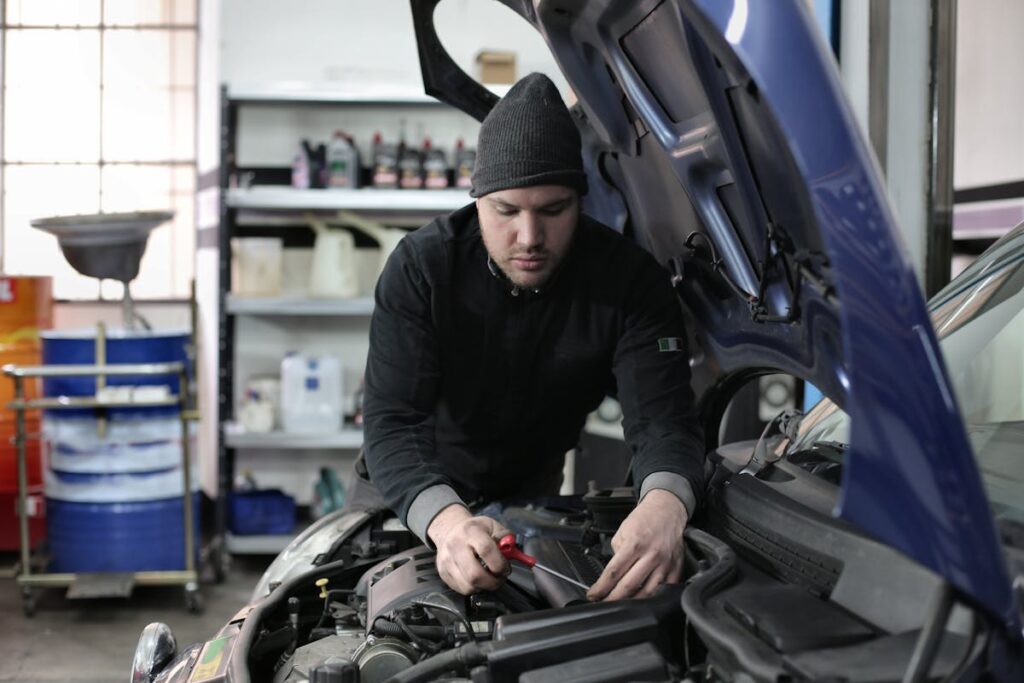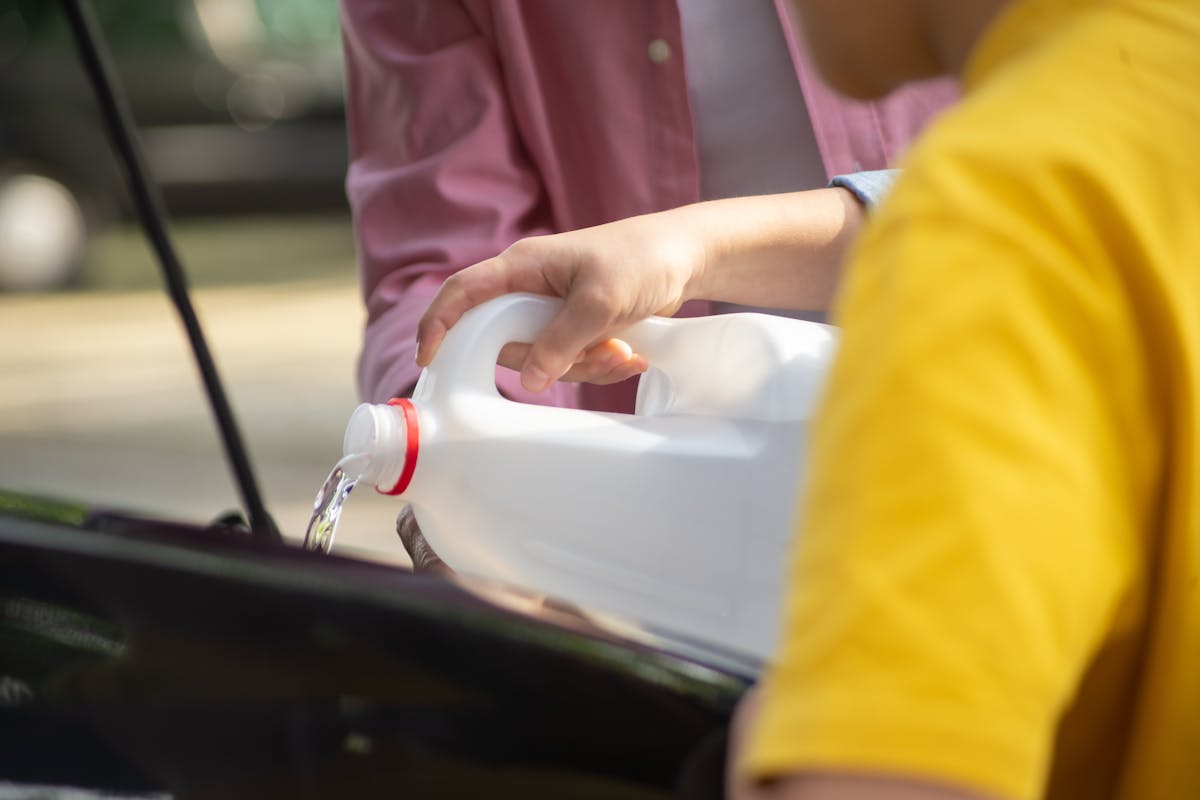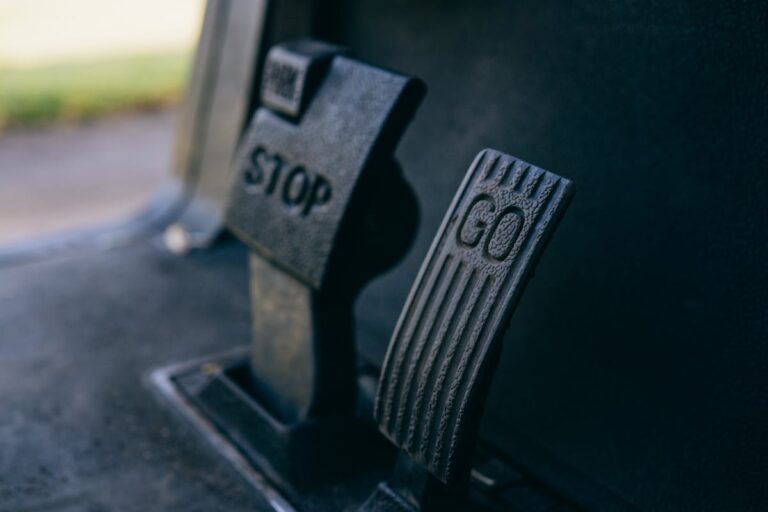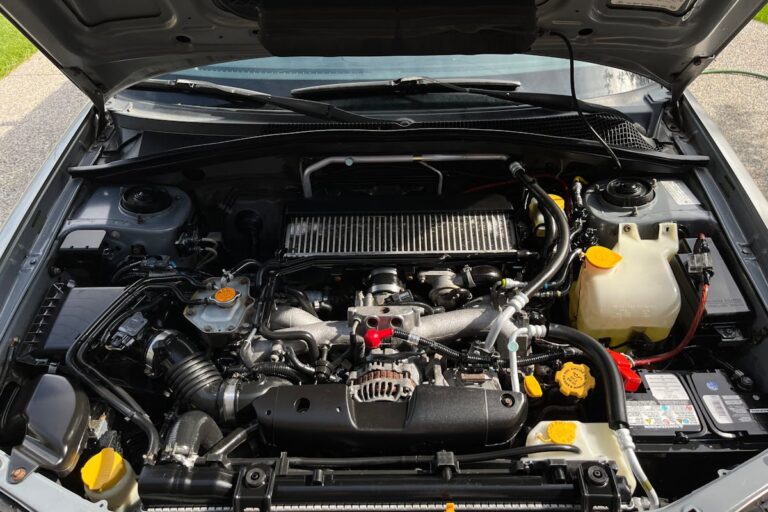Driving a Car Without Coolant
Driving without coolant can cause your car to overheat and lead to severe engine damage. Without coolant, heat builds up quickly, especially when driving long distances or in hot weather. Monitor your temperature gauge; if it starts rising, it means your engine is overheating. Pull over safely, turn off the engine, and let it cool. Check coolant levels once the engine is cool. Refill if necessary, and seek professional help if the problem persists. Recognizing these signs and taking quick action can prevent costly repairs and keep your car running smoothly.
The Importance of Coolant in Your Vehicle
Coolant is crucial for your vehicle. It prevents the engine from overheating and protects against corrosion and rust. Without coolant, metal parts can wear down due to increased friction. It also lubricates the water pump, ensuring smooth operation.
Coolant is essential for your car’s heater. On cold days, it allows warm air to fill the cabin. Neglecting coolant can lead to costly repairs, as it causes hoses and seals to wear out faster. Regularly check and top off your coolant to keep it in good condition.
How Coolant Regulates Engine Temperature
Coolant keeps your car’s engine from overheating. It absorbs heat and moves through the engine’s cooling system to maintain a steady temperature. Without coolant, your engine could get too hot, causing serious damage.
To prevent issues, regularly check the coolant level in your car’s reservoir. Make sure it’s between the “min” and “max” marks. Refill it if necessary, and use the right type of coolant for your vehicle.
Keeping your coolant system in check means your engine stays healthy, and you avoid costly repairs.
Coolant’s Heat Absorption
Coolant is essential for keeping your car engine at the right temperature. It absorbs and dissipates the heat generated when the engine runs. Without coolant, excess heat could severely damage your engine.
Coolant, made of water and antifreeze, handles high temperatures without evaporating. This prevents the engine from overheating and protects its components. To ensure your engine runs smoothly and efficiently, regularly check your coolant levels.
When looking under the hood, remember that coolant plays a key role in absorbing heat to keep your engine cool and functioning properly.
Circulation and Temperature Balance
Your car’s coolant is essential for maintaining engine temperature. It circulates between the engine and radiator, absorbing heat from the engine and releasing it through the radiator. This prevents overheating, which can cause severe engine damage.
The coolant also contains anti-corrosion agents to protect engine parts.
To ensure your engine’s longevity and optimal performance, regularly check and maintain your coolant system. This involves monitoring coolant levels and replacing it as needed. Keeping the coolant system in good condition isn’t just about preventing overheating but also about safeguarding your engine’s overall health.
Consequences of Driving Without Coolant
Driving without coolant can seriously damage your car. Without coolant, the engine can overheat, causing the cylinder head or engine block to warp or crack. This means expensive repairs and potential breakdowns.
Coolant also prevents corrosion, which keeps parts from wearing out quickly. If the thermostat fails, the engine’s temperature won’t be regulated, leading to poor performance and reduced fuel efficiency.
Ignoring these issues can result in total engine failure, requiring a costly replacement. Always keep your car’s cooling system in good shape to prevent these problems.
Recognizing Signs of Low Coolant Levels
Spotting low coolant levels in your car can prevent costly repairs. Watch the temperature gauge; if it moves towards the red zone, it means trouble. A sweet smell might mean a coolant leak.
If your heater stops blowing hot air, it results from not enough coolant to heat it.
Listen for strange noises like gurgling or hissing near the engine, which can cause overheating. Don’t ignore dashboard warning lights, especially the coolant light. Address these signs to keep your car healthy and avoid complications. Regular checks can save you time and money.
Risks of Overheating an Engine
Overheating your engine can cause serious problems. When an engine gets too hot, it may lead to warped or cracked cylinder heads, which causes leaks and reduces performance.
Pistons might expand, resulting in friction and wear. If the engine block warps, you may need to replace the entire engine, which is costly. Overheating can also damage gaskets and seals, causing coolant or oil leaks.
A blown head gasket could mix oil and coolant, leading to severe internal damage. To avoid towing and potential engine rebuilds, regularly check your temperature gauge to prevent these costly issues.
Common Causes of Coolant Loss
When your car is low on coolant, it usually means there’s a problem like leaking radiator hoses, a bad water pump, or even a cracked engine block. These issues can cause serious engine trouble if not fixed quickly.
Knowing these common causes can help you prevent them and keep your vehicle running smoothly. Check your car’s coolant level regularly, and if you notice it’s low, inspect the radiator hoses and water pump for leaks. Address any issues promptly to avoid bigger problems.
Always ensure your engine block is in good condition to prevent cracks.
Read next: Can You Drive a Car Without a Water Pump?

Leaking Radiator Hoses
Check your radiator hoses regularly. These hoses move coolant from the radiator to the engine, keeping your car from overheating. Over time, they can crack or loosen due to heat and pressure. A small leak can result in coolant loss and cause your engine to overheat.
Inspect hoses for cracks, bulges, or leaks. Ensure clamps are tight. If you spot any damage, replace the hose promptly. Regular checks can prevent costly repairs and keep your engine running smoothly. Prioritize your vehicle’s health by maintaining these essential components.
Faulty Water Pump
A healthy water pump is vital for your car’s cooling system. It ensures coolant circulates through your engine, preventing overheating. A faulty water pump can cause coolant loss and engine damage.
Key signs include coolant leaks, strange noises, and engine overheating.
Check for puddles under your car, especially near the front. Listen for whining sounds, indicating a bad bearing. Ignoring these signs can lead to expensive repairs. Regularly inspect your water pump to avoid breakdowns.
A good water pump keeps your car running smoothly and prevents costly issues.
Cracked Engine Block
A cracked engine block is serious and can cause coolant loss, leading to engine overheating and expensive repairs. Knowing common causes helps prevent this issue:
- Overheating: High temperatures cause expansion, resulting in cracks.
- Freezing: Cold can freeze coolant, leading to block cracking.
- Manufacturing Defects: Some blocks have initial weak points.
- Corrosion: Rust weakens the block over time.
- Improper Maintenance: Skipping routine checks lets small problems grow.
Understanding these factors helps protect your engine. Regular maintenance and paying attention to engine temperature can prevent costly damage.
Preventative Measures for Coolant Maintenance
Keep your car’s coolant system healthy to avoid overheating and engine damage. Check the coolant level every few weeks using the reservoir markings to ensure it’s between the minimum and maximum levels.
Look for leaks or cracks in hoses and the radiator; fix any issues immediately to prevent coolant loss. Flush the cooling system every 30,000 miles to stop corrosion and buildup.
Always use the right type of coolant; check your owner’s manual or consult a professional. This simple maintenance keeps your engine running smoothly and prevents costly repairs.
Steps to Take When Coolant Levels Are Low
If your car’s coolant levels are low, act quickly to prevent engine damage. First, safely stop your car and turn off the engine to let it cool. Driving with low coolant can lead to overheating and expensive repairs.
Once cooled, open the hood and check the coolant reservoir for leaks around hoses or the radiator. Always have an emergency kit in your car with extra coolant and distilled water to refill if needed.
Key steps: – Turn off the engine to cool. – Check for leaks. – Inspect the coolant reservoir. – Keep a kit with extra coolant. – Watch the temperature gauge to avoid overheating.
How to Safely Refill Coolant
Wait for the engine to cool completely before refilling coolant to avoid burns from steam or hot liquid. Find the coolant reservoir, typically a clear container marked “coolant” or “antifreeze.” Slowly remove the cap to release pressure.
Use a funnel to pour the correct type of coolant, as specified in your owner’s manual. Fill to the ‘full’ line without overfilling to prevent overflow when the engine heats. Securely replace the cap, ensuring it’s tight. After starting the engine, check for leaks around the reservoir area. You’re ready for a safe drive!
Long-Term Effects of Ignoring Coolant Issues
Ignoring coolant issues can cause serious damage to your car’s engine.
Overheating: Without enough coolant, your engine can overheat. This means parts can warp or crack.
Corrosion: Coolant protects against rust. Without it, rust and corrosion can damage the engine from the inside.
Head Gasket Failure: Overheating can cause the head gasket to fail, which is an expensive repair.
Engine Seizure: If the engine overheats too much, it might seize and need a complete replacement.
Reduced Lifespan: Ignoring coolant issues shortens your engine’s lifespan, leading to more breakdowns.
Address coolant issues promptly to avoid these problems.
Frequently Asked Questions
Symptoms of a failing coolant system may include engine overheating, coolant leaks, and steam from the radiator. Regular coolant system maintenance is essential to prevent these issues and guarantee peak vehicle performance.
Generally, it’s recommended every 30,000 miles or 5 years. The frequency of coolant change varies with vehicle type and coolant used.
No, it’s not safe to drive even short distances without coolant. The absence of coolant, or use of alternatives, can lead to substantial overheating risks, potentially causing severe engine damage. Always guarantee adequate coolant before operating a vehicle.
Yes, a coolant leak can trigger the check engine light. This occurs when coolant levels drop considerably, compromising coolant fundamentals, and leading to potential engine overheating, which the vehicle’s system recognizes as a problem.


